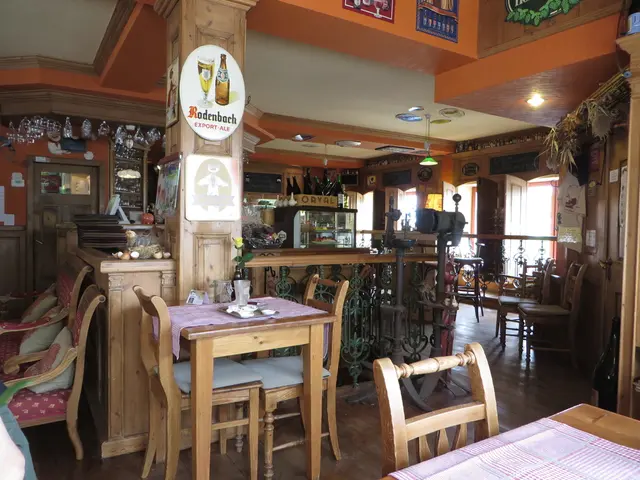Unchecked Vandalism Rises in Alpine Shelters - Increase in Destructive Activities at Alpine Shelters
Alpine Vandalism: Increasing Destruction in Mountain Huts
As the Alpine season commences, some huts are met with destruction and disarray. The winter quarters are left littered, with furniture burnt as firewood, broken windows, and discarded alcohol bottles and human waste - signs of a mounting issue of vandalism in the mountains. According to the German Alpine Club (DAV), reports of such incidents are on the rise.
Accessible huts that traditionally close during the winter months appear to be the primary targets. These huts are intended to offer a secure overnight option for mountain sports enthusiasts during challenging winter ascents. However, it appears that some have become popular party spots.
In the Munich Oberland section of the DAV, a report has been filed against unidentified parties this season. The reason: the emergency room at the Knorrhütte in the Wetterstein was completely devastated. "It was truly appalling; it was the last straw," laments press spokesperson Markus Block.
"The scene was one of filth, alcohol bottles, four tents, sleeping bags, and human waste strewn everywhere. The stove had even been ripped out and placed in front of the hut, with it being vandalized twice!"
Cash boxes for overnight payments have also been broken into on several occasions, with additional incidents of stickers being placed on summit crosses and signposts. Though seemingly innocuous, these acts can potentially pose a danger to the lost or exhausted, necessitating the removal of the stickers by DAV volunteers.
Vandalism in the mountains often requires significant effort and substantial costs to rectify, often placing the burden on the DAV community. For example, if a door is broken, a replacement must be flown in by helicopter. When windows are broken and snow enters the hut, water damage occurs.
In the broader context, vandalism in remote or high-value natural environments is often linked to cultural trends and the challenges of managing public spaces. Lack of awareness and respect for nature and culture, anonymity in remote areas, and influences from popular culture and self-expression can all contribute to such incidents.
Educational campaigns, improved surveillance and monitoring, community engagement, clear signage, and restorative justice programs are potential prevention measures when addressing vandalism in Alpine huts. The DAV emphasizes these strategies in an effort to mitigate these issues.
- The rising destruction in mountain huts, as depicted by broken windows, burned furniture, litter, and discarded items, seems to be an extension of the employment policy within certain communities, as these huts are transformed into unofficial party spots.
- Given the devastation caused by vandalism, it is crucial for the DAV to enact comprehensive community policies that promote outdoor-living, home-and-garden care, and sports with respect to nature and Alpine culture, fostering a lifestyle that values the preservation of these precious resources.





